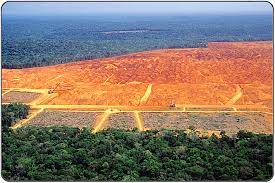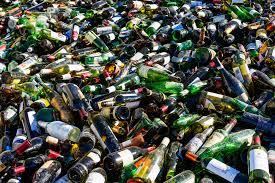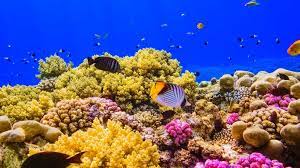Currently, 70% of the land in the UK is given over to agriculture. Of this, just 15% is used to grow crops for human consumption. A further 22% goes towards feeding livestock. The rest is given over to livestock grazing.
This means that we give over 44% of the country to livestock, and a further 15% of the country to feed the livestock.
If growing food in a lab does indeed take off, 59% of the UK would suddenly be freed up – lab grown meat done properly could have a near 0 carbon footprint, and can be created in close proximity to the shop that will sell it -further reducing or eliminating the transport carbon footprint of food.
Now, assuming that this is to happen we would still need to keep some livestock. This would be needed to harvest cells. Never the less, we could still see a reduction of more than 99% of the livestock and land required. I do not believe that I am the only person who would be far happier satisfying my desire for meat, without the climate implications or indeed the fact that animals have to die to satisfy it (I am not a vegetarian, but over the last few years we have made efforts to reduce our meat footprint).
This would free up more than 50% of the country. What could we do with this?
Well my argument is that this land could be given over to rewilding. With this amount of land, we could suck up vast amounts of carbon a year. 50% of the UK is roughly 120,000 square kilometres. Now roughly speaking, forest suck up 500g per square m per year, or 500 metric tonnes per square km. Therefore, the UK could suck up 60 million tonnes a year. Now it is true that this is not huge compared to our emissions and we might have some other uses, never-the-less I am sure that I am not the only person that is frustrated by the lack of wilderness in the UK. Even just 10% of the gained land being given over to rewilding could make great progress in returning wilderness to the UK.
















